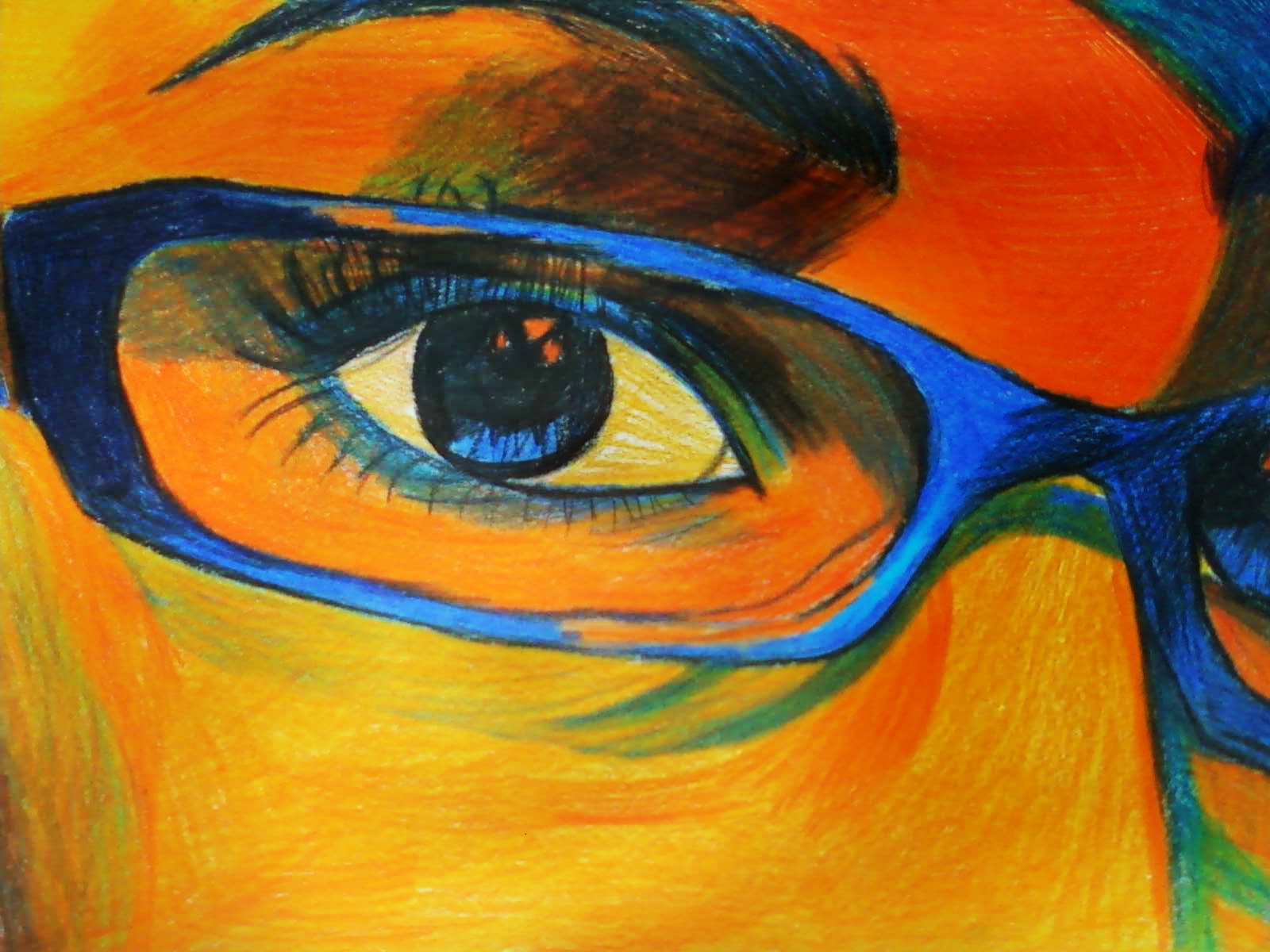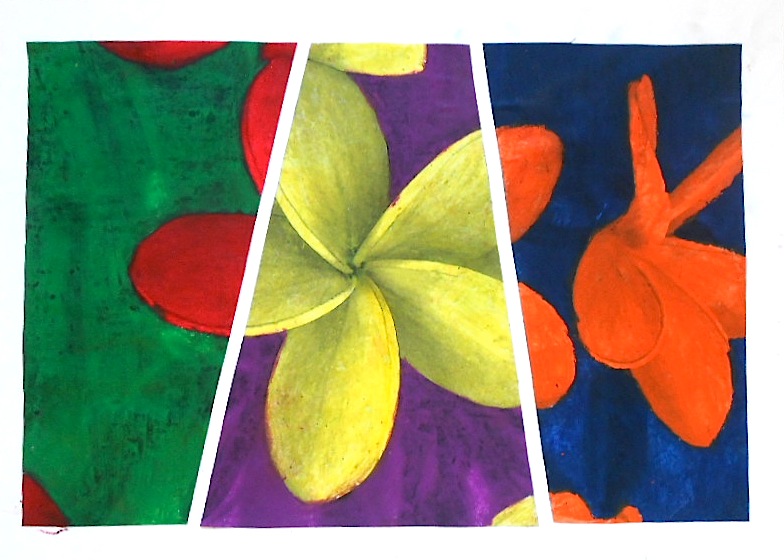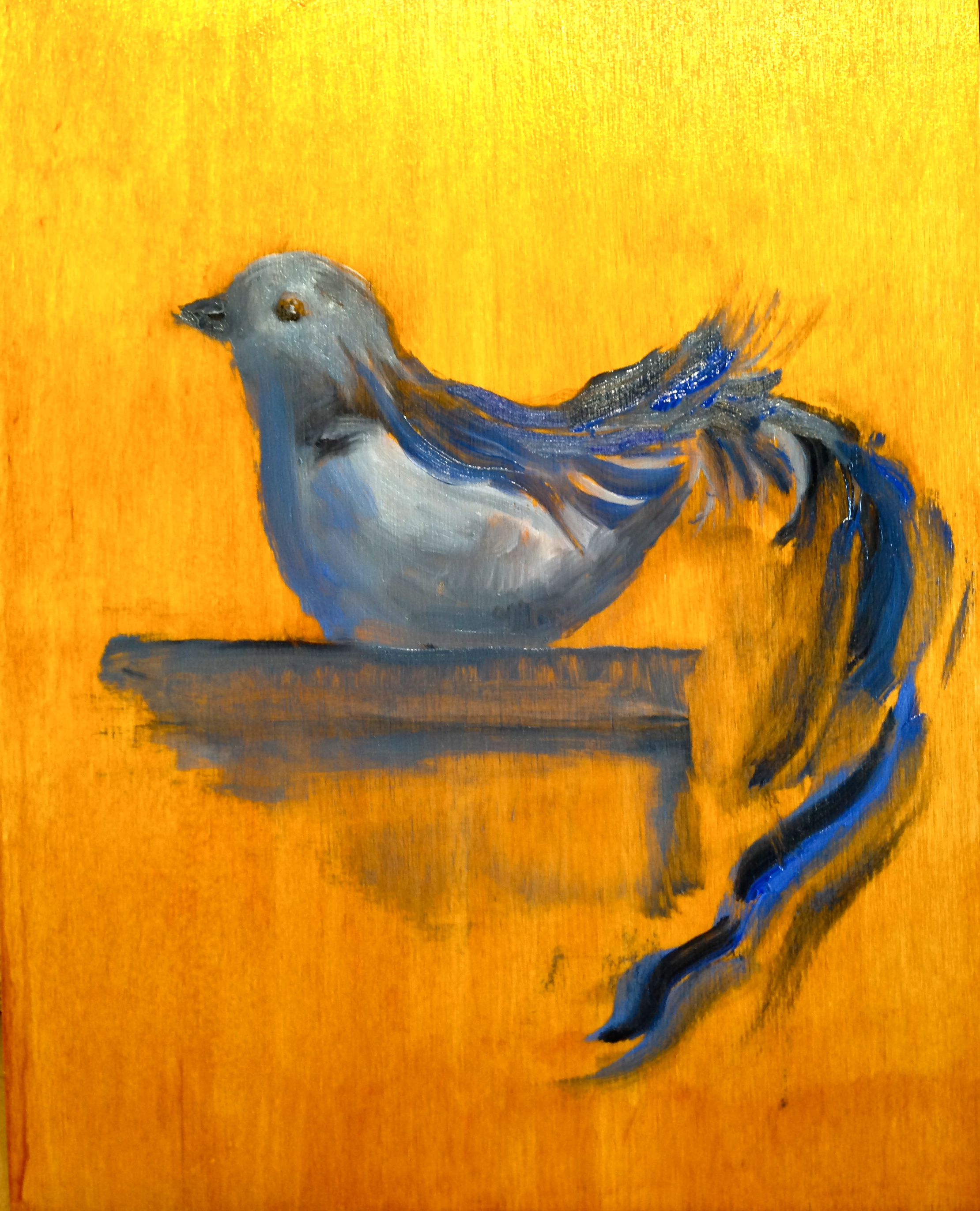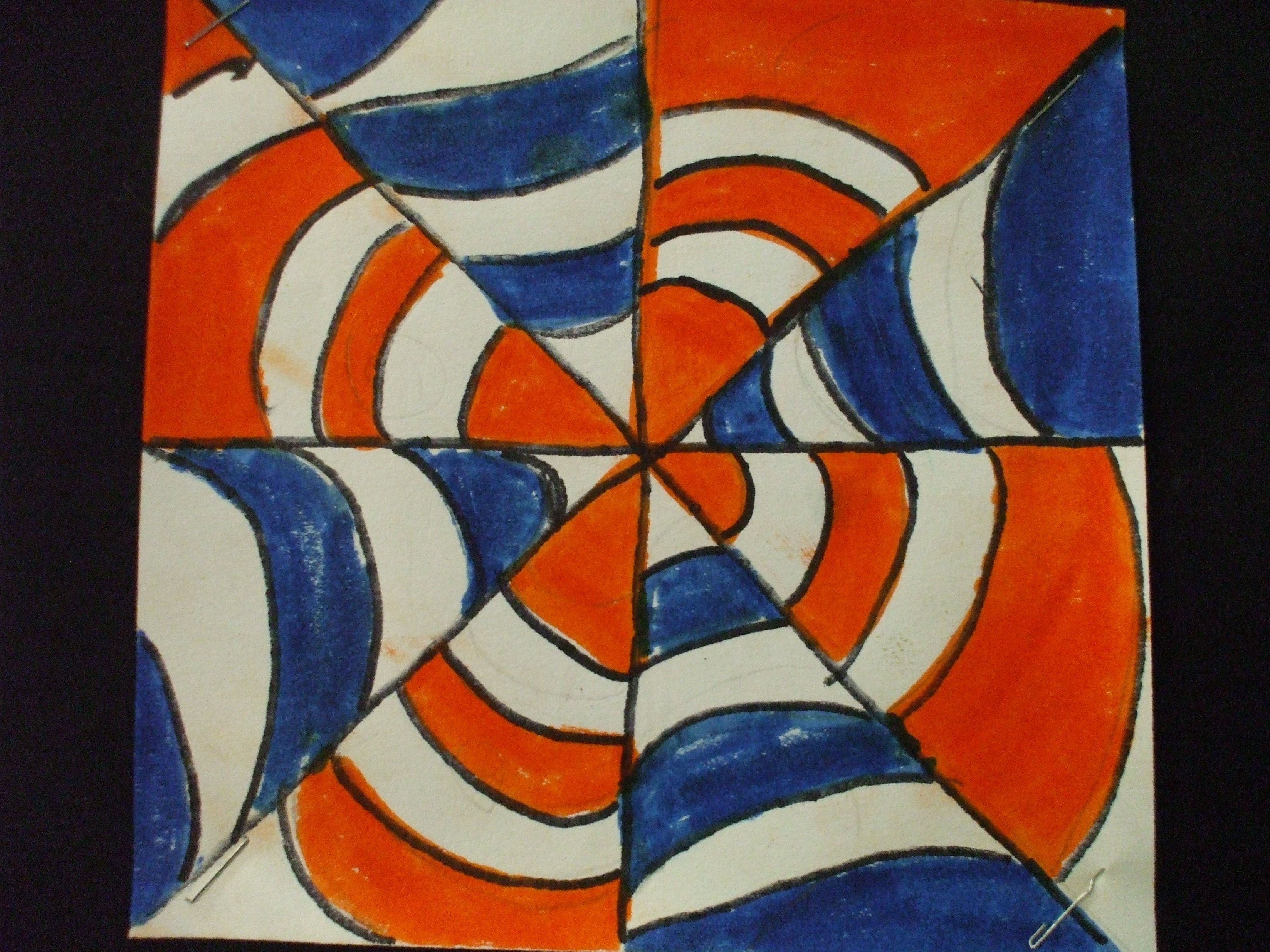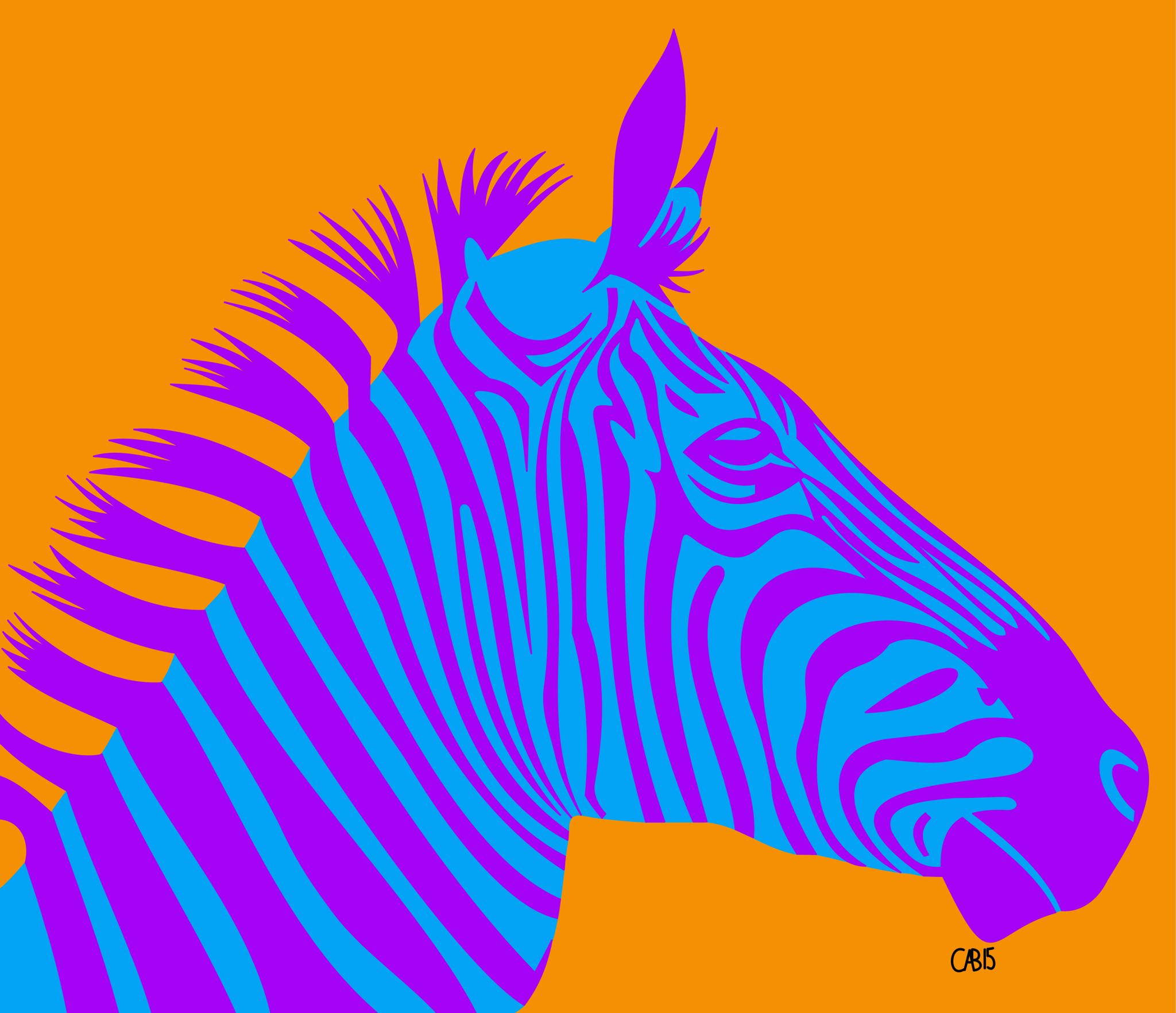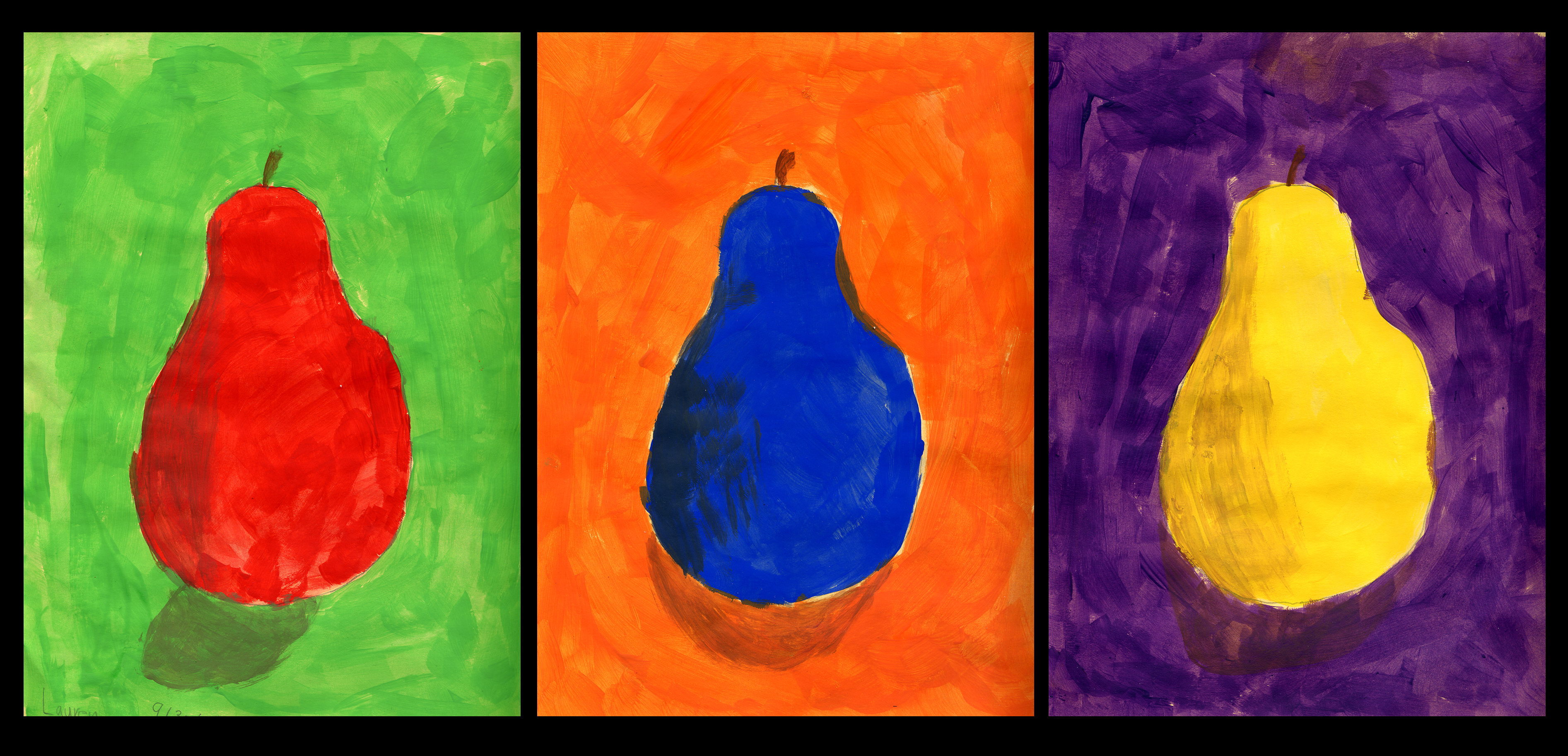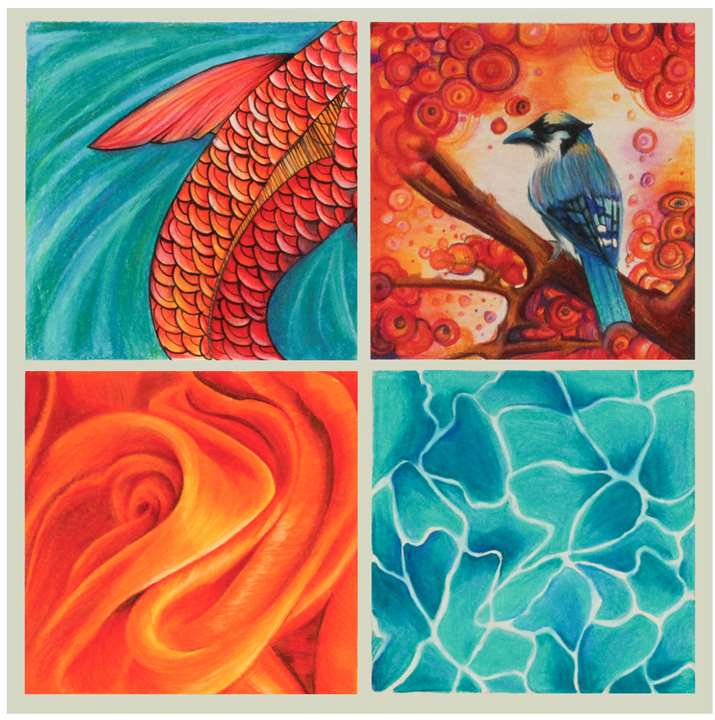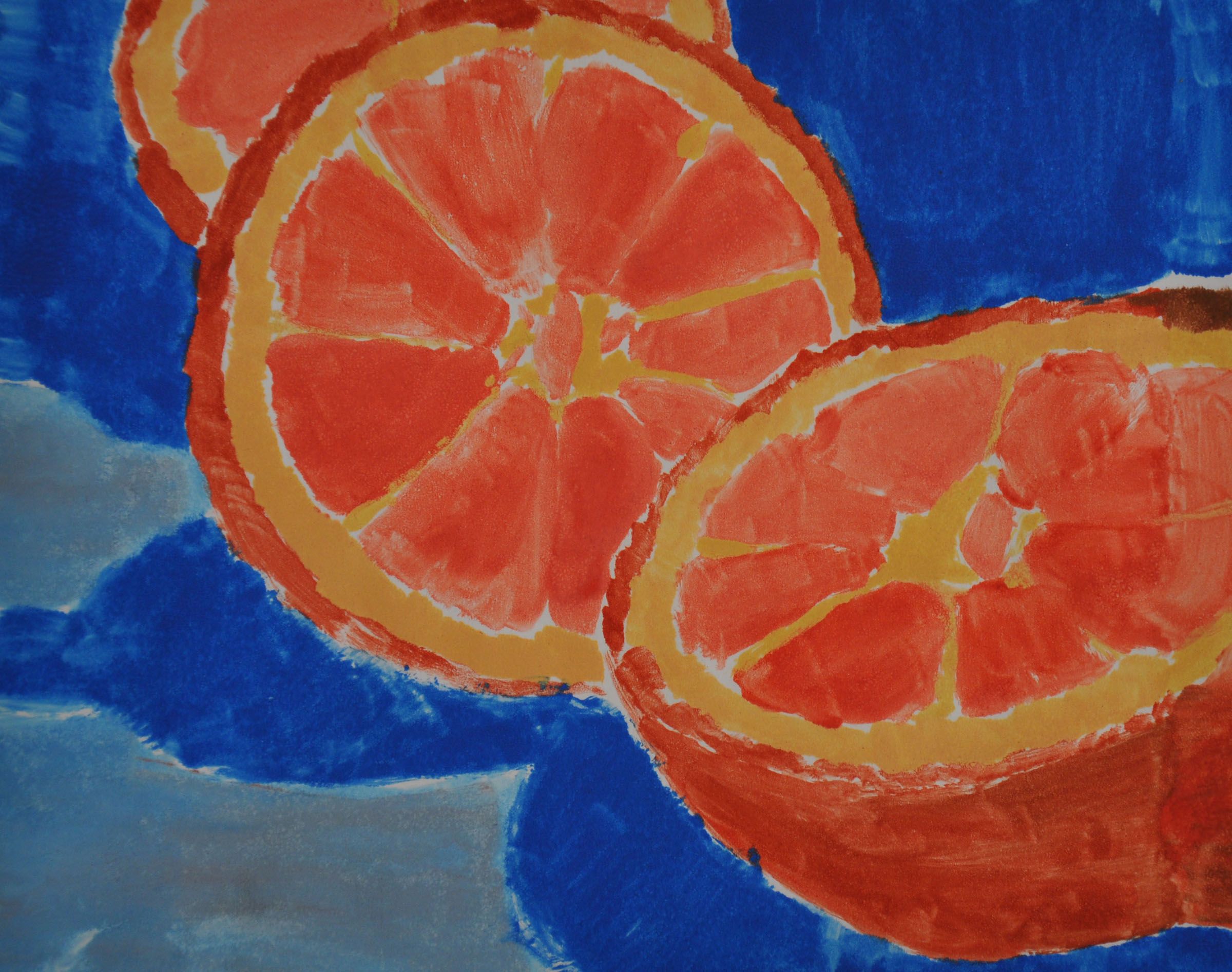Complementary Color Drawing
Complementary Color Drawing - Web in graphic design, complementary colors are opposite pairs on the color wheel, creating maximum contrast and intensifying each other's hues when placed together. Use complementary colors to enhance readability and focus in design. Web andré derain (1905) tate. How are complementary colors generated? Understand the color wheel to identify complementary colors. Web the best way to use complementary color combinations in realistic artwork is to balance the saturation of the colors, and this is easy to do with copic markers. The colour complement of each primary colour (primaries are red, yellow and blue) can be obtained by mixing the two other primary colours together. How to use complementary colors in watercolor painting. Complementary colors are pairs of colors that are found opposite to each other on the color wheel. Web complementary colors are color combinations that when placed alongside each other, help to create a contrast, and each color makes the other stand out. If you look at a color wheel, the opposite of yellow is purple, so purple is the complement to yellow. Organized into 3 main groups: Web in practice, complementary colours are those that exhibit the highest level of contrast with each other. The same is true for other colors. Web complementary colors, with their high contrast and vibrant interaction, are fundamental in creating attractive and emotionally resonant designs. Whether you want to learn more about color contrast to inform your design choices, refine your mental color palette, or help you understand art and design, complementary color combinations are a crucial starting point. A beginner’s guide to complementary colors. That is true for every single of these color pairs. Web in the cmyk color model (used in print), complementary colors are pairs that, when combined, produce black or neutral gray. An easy example is yellow (true north) and violet (true south). Students will define and identify complementary colors. Use complementary colors to enhance readability and focus in design. Web complementary colors are some of the most basic and primal color schemes. Gray is in the middle of the color wheel. Students will review the color wheel and identify primary, secondary, and tertiary (intermediate) colors. Web artists often use complementary colours in their work to draw attention to specific elements, emphasise particular features and create focal points. For painters, the fundamental complementary pairs are red/green, yellow/violet, and blue/orange, while each intermediate colour also. Understand the color wheel to identify complementary colors. Using a complementary color scheme of yellow and violet in a landscape painting. When. A beginner’s guide to complementary colors. The complementary color generator we have above uses the rgb color model and generates the complementary color by inverting the rgb values of the main color. To add interest, color some areas lightly. Web the best way to use complementary color combinations in realistic artwork is to balance the saturation of the colors, and. Web in a double complementary scheme, we use a combination of four colors that, as the name implies, is made up of two complementary color pairs. Web in the cmyk color model (used in print), complementary colors are pairs that, when combined, produce black or neutral gray. The same is true for other colors. Web how to pick colours for. How to watercolor paint with complementary colors. Web complementary colors, with their high contrast and vibrant interaction, are fundamental in creating attractive and emotionally resonant designs. There are two accent colors, black and neon green, that draw attention to important information like dates and calls to action. Web artists often use complementary colours in their work to draw attention to. Web how to use complementary colors in drawings and paintings. When you look at a color wheel, which displays all colors, you. Web complementary colors, with their high contrast and vibrant interaction, are fundamental in creating attractive and emotionally resonant designs. Orange and blue accentuate each other in van gogh’s café terrace on the place du forum, arles, 1888 above.. Web andré derain (1905) tate. Web at their most fundamental, complementary colors are the two colors that sit facing each other on the modern color wheel. Web complementary colors are some of the most basic and primal color schemes. One complementary color and one accent color. An easy example is yellow (true north) and violet (true south). Web demonstrate drawing a portrait using only one pair of complementary colors. How are complementary colors generated? A beginner’s guide to complementary colors. The complementary color generator we have above uses the rgb color model and generates the complementary color by inverting the rgb values of the main color. Using these colour combinations can also help make other colours appear. Typically, the primary color is a strong hue used in titles,. To add interest, color some areas lightly. One complementary color and one accent color. A beginner’s guide to complementary colors. An easy example is yellow (true north) and violet (true south). Web complementary colors, with their high contrast and vibrant interaction, are fundamental in creating attractive and emotionally resonant designs. Students will review mixing colors to make all the hues on the color wheel; How to watercolor paint with complementary colors. Web in graphic design, complementary colors are opposite pairs on the color wheel, creating maximum contrast and intensifying each other's. Web the best way to use complementary color combinations in realistic artwork is to balance the saturation of the colors, and this is easy to do with copic markers. When you mix complementary colors together, for example, blue and orange, the result will be a gray color. Web complementary colors are on opposite sides of the color wheel. How are complementary colors generated? Web andré derain (1905) tate. © succession henri matisse/dacs 2024. Understand the color wheel to identify complementary colors. Use complementary colors to enhance readability and focus in design. Whether you want to learn more about color contrast to inform your design choices, refine your mental color palette, or help you understand art and design, complementary color combinations are a crucial starting point. Web learn the complementary colors of the color wheel and color theory with examples and complementary pairings. The colour complement of each primary colour (primaries are red, yellow and blue) can be obtained by mixing the two other primary colours together. When you look at a color wheel, which displays all colors, you. Organized into 3 main groups: Web in the cmyk color model (used in print), complementary colors are pairs that, when combined, produce black or neutral gray. When placed next to each other, these colors create a stunning contrast, which makes each color pop. The complementary color generator we have above uses the rgb color model and generates the complementary color by inverting the rgb values of the main color.Complementary Color Drawing at GetDrawings Free download
Complementary Colors Drawing at Explore collection
Complementary Colors Drawing at Explore collection
Complementary Color Drawing at GetDrawings Free download
Complementary Colors Drawing at Explore collection
Flowers in complementary colors Color art lessons, Elementary art
Complementary Color Drawing at GetDrawings Free download
Complementary Color Drawing at GetDrawings Free download
Complementary Colors Drawing at Explore collection
Complementary Color Drawing at GetDrawings Free download
In Van Gogh’s Painting, He Has A Very Bold Use Of Colour.
Web How To Use Complementary Colors In Drawings And Paintings.
Using These Colour Combinations Can Also Help Make Other Colours Appear More Vibrant Or Brighter By.
Today I Will Share My Favorite Tips And Tricks For Using Complementary Colors And How Easy It Is To Bring Anything And Everything To Life.
Related Post:
